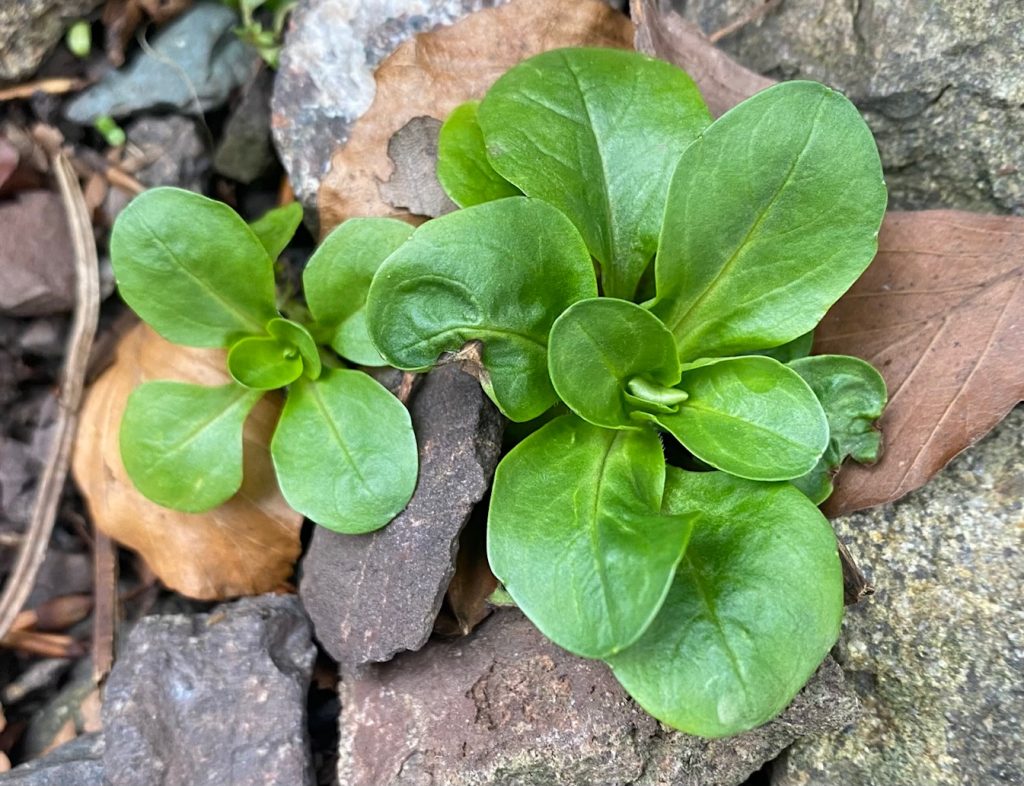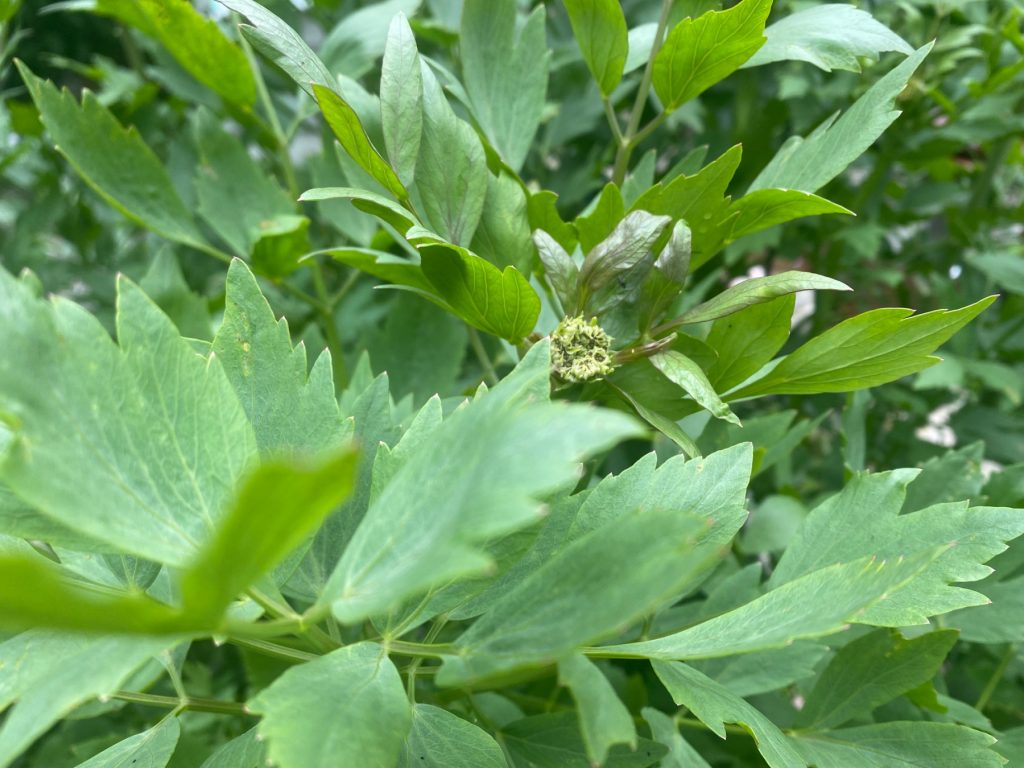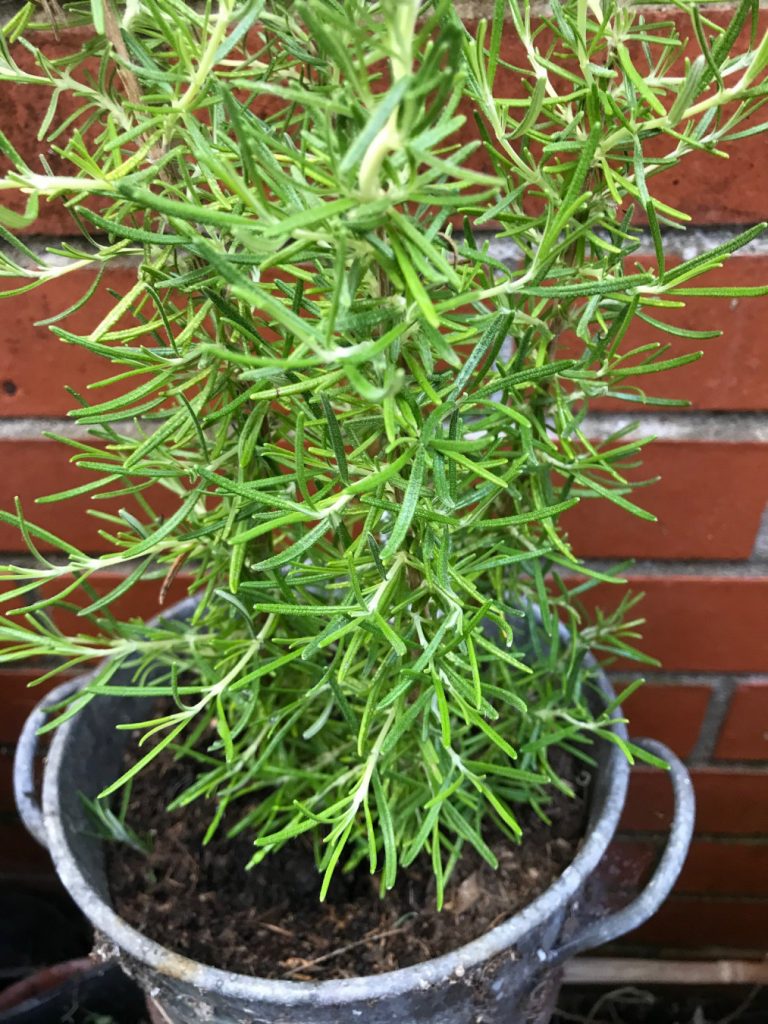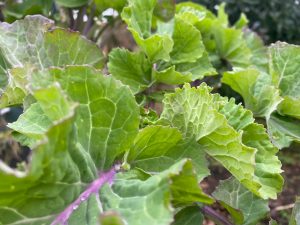
If you are worried about the lack of fresh food in the shops, it’s time to rethink your take on salads and look a bit closer at what is growing in and around your garden and greenhouse.
Beat the fresh veg shortage by using some alternative salad ingredients instead. I’ve never been a great fan of lettuce, maybe it was the bland iceberg lettuces that were widely available when I was growing up. Or perhaps it was because I was lucky enough to grow up with an allotment where we grew all sorts of fruit and veg to feed the family and where leafy veg were easy to grow, fast to crop and many were excellent salad ingredients.
These days I do grow some lettuce plants, but mostly because they are fast to grow, easy to grow and they make good fillers for a homegrown salad. That said, so far this year I have not sown any lettuce leaf salads, yet.
Alternative garden salad

But if I take a wander around the garden, I can easily create a bowl of salad from the leaves growing in and around my plot. I do rely on several perennial vegetables and many of these are fantastic salad stalwarts especially in late winter and early spring. First is the perennial kale, Taunton Deane Cottager’s Kale. The tough outer leaves are fed to my hens, but the new leaves are tender and delicious raw. I pick them with secateurs and then tear the stems out adding the rest of the leaves to the salad bowl. It’s tasty and fresh and rich in vitamins and often forms the bulk of a salad.

Then I add the fresh chopped leaves of my Babington leeks, these add taste and bulk to the salad with a mild garlic flavour. I left a clump of beetroot in the raised beds. They didn’t amount to much in terms of roots, but right now they have a decent crop of leaves. Again, the winter ravaged leaves are vitamin rich treats for the hens, but inside the small ruby red tinged leaves are delicious, as are the leaf stems chopped up for the salad. They add an earthy taste and vibrant colour to the salad bowl. If I put a cloche over the top, it will keep the leaves forming to fill the salad bowl again and again. I’ve also got a few spinach chard plants that are also leafing up, they will be another filler for the salad bowl until my spring sowings get growing. Plus, some rootling around uncovered some marjoram leaves to add more flavour to the offering. Once you know what grows where on your plot you can keep an eye out for spring shoots. I’ve got a huge clump of lovage which starts sprouting into grown in March. The first pink leaves are soft and delicious, they are also quite bulky and can help fill a salad bowl when ingredients are sparse. Plus, I found some lamb’s lettuce seedlings which are perfect for salad and some garlic chives.
Greenhouse crops

The next ingredients for my alternative salad bowl are added from the greenhouse. Inside the protection of my glasshouse, I have a few amazing plants that spice up my menus. First is a clump of wild rocket, it’s a perennial and starts into growth much earlier in the greenhouse. Just a few leaves of this spicy leaved plant chopped up small lift any salad into orbit in terms of taste. Plus, the flavour bursts add drama to the salad bowl. Then the ginger rosemary provides a few tasty morsels to fire up the tastebuds and add the wow factor to my salad. I pick the youngest leaves and chop them up small, you don’t need much and even ‘normal’ rosemary will do. I’m not a huge fan of mint in savoury meals, but I think you can get away with adding mint leaves to homegrown salads, especially if you grow something like basil mint. This perennial beauty will keep growing through the winter into spring, long before I start sowing basil seeds. It’s a winter stalwart that transforms all sorts of culinary dishes. Plus, it’s really easy to grow, you can take cuttings and share them and it tastes fab too.
Salads from seed

With the threat of cold weather imminent I haven’t got started sowing in the greenhouse yet, apart from the all-essential pea shoots and broadbeans. Both of which were sown back in January and are now generating fleshy leaves, succulent stems and in the case of the peas, tasty tendrils too. The salad now has taste, texture, bulk and so much more. And of course, all the plants that you have harvested leaves from will keep growing making more for your next homegrown bowl of flavour.
Wild food

Don’t forget the value of wild food too. Once you’ve filled your salad bowl from your garden and greenhouse have a look a bit further afield at what’s growing wild. You might be surprised at the wild food growing locally. But before you add it to the salad bowl you need to be absolutely sure of your identification skills. If in any doubt don’t. Sign up for a foraging course to learn the basics and then you can embellish your menus for free. One of the most prolific wild plants for salads and more is wild garlic. You can smell it in the woodlands in spring and the young leaves are a fantastic ingredient not just for salad but for pesto and so much more too. Have a look out for hedge garlic which is another great salad ingredient, the seeds taste a bit like mustard and the roots have a mild horseradish flavour.


